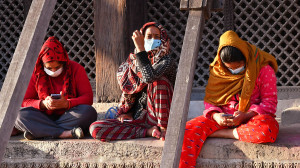Culture & Lifestyle
Holi in Nepal: Colours, crowds, and cultural traditions
The festival, rooted in mythology, marks the victory of good over evil and fosters a sense of camaraderie.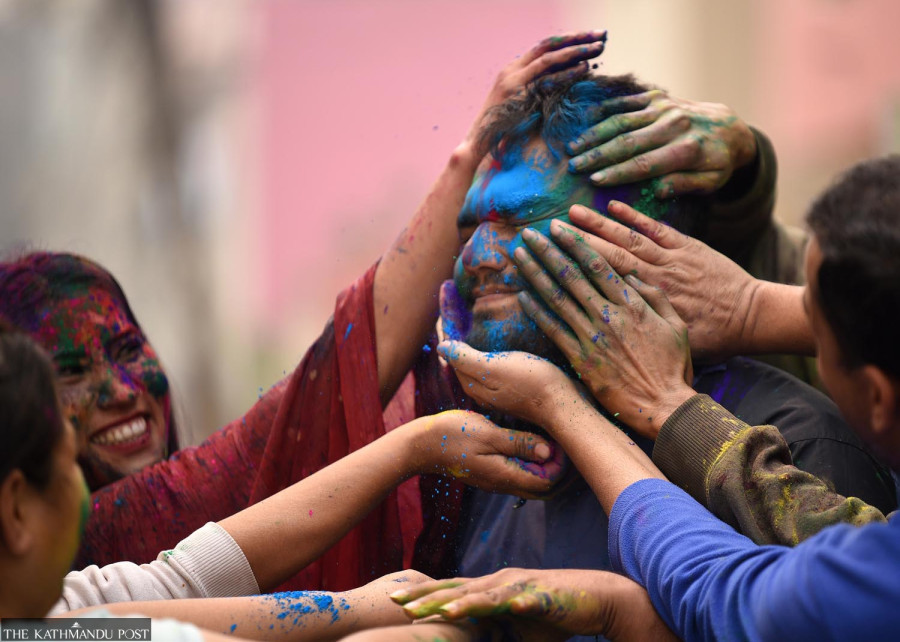
Amrit R Shakya
Holi, known as the festival of colours, is celebrated nationwide. It involves hurling water balloons, vermillion powder, and various coloured powders, promoting a sense of brotherhood and friendship throughout the country. On this festive day, countless Holi revellers flood the streets to participate in the celebrations, frequently worsening traffic congestion.
Holi takes place in March during spring. Traditionally, it is celebrated for one week in Nepal. Holi begins on the eighth day of the waxing moon in the lunar calendar, marked by the installation of the colourful ‘chir’ at the centre of Hanuman Dhoka Durbar. It continues until the full moon day, known as ‘Purnima’ in the Nepali lunar calendar. This significant full moon day of Holi is called ‘Holi Purnima’ or ‘Fagu Purnima’.
In Nepal, Holi is predominantly celebrated on ‘Purnima’. However, in the southern area known as the ‘terai belt’, locals observe Holi the day after, designating it as their primary festival day. The festival is celebrated not just throughout Nepal and India but also by various Hindu communities worldwide.
As the legend goes, the devil king Hiranyakasyapu had a son named Bhakta Prahlad, a devoted follower of Lord Vishnu, a significant deity in Hinduism. This devotion angered his father, Hiranyakasyapu, who devised a plot to eliminate Bhakta Prahlad with the help of his sister Holika, who possessed a boon granting her immunity to fire. He instructed Holika to carry out this plan by taking Bhakta Prahlad on her lap and entering a blazing pyre to burn him alive. However, she failed to fulfil this task; instead of harming Bhakta Prahlad, she was consumed by the flames, turning to ashes, while he emerged unscathed due to his unwavering devotion to Lord Vishnu. Hiranyakasyapu’s scheme to kill his son ultimately collapsed, symbolising the triumph of good over evil.
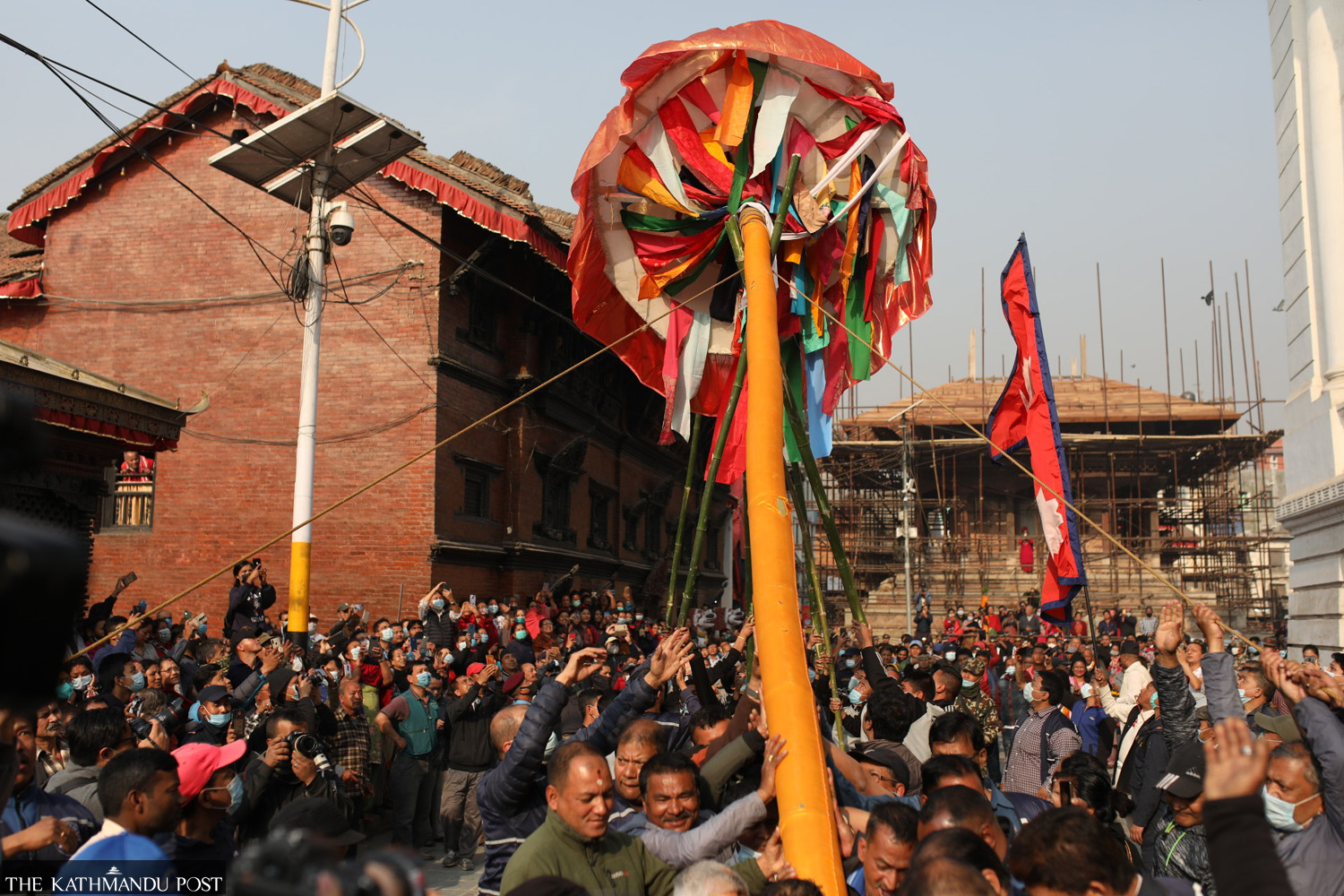
The Holi festival celebrates the ancient story of Holika’s defeat in fire. To commemorate this victory, Hindus have celebrated Holi for ages. Traditionally, Buddhists have also taken part in the festivities.
Although the festival lasts eight days, it is on ‘Fagu Purnima’ that the celebrations come alive, particularly in Kathmandu Durbar Square, where most festivities occur. Thousands of people, including tourists, gather in the Durbar Square area to partake in the festival. They joyfully smear each other with vermillion and various coloured powders. Many opt for colourful t-shirts set against a white background while celebrating Holi. Numerous tourists join the locals in Basantapur Durbar Square, relishing the activities amidst the vibrant crowd. It can be a vital tool to boost the country’s tourism. Tourist numbers are declining in the post-Covid recovery period, making it challenging for those working in tourism to remain viable in the industry.
Regarding safety, users of colour powders must exercise caution, as many of these products contain harmful chemicals that can jeopardise their health. Therefore, it is essential for the relevant authorities to enforce strict regulations regarding the sale of these hazardous substances in the market. Youths frequently use contaminated water while celebrating Holi with peers, which should not be permitted. This practice can lead to altercations between groups, significantly undermining the spirit of Holi traditions.
On the day of Holi, a mother travels to Kathmandu Durbar Square, where a vibrant ‘chir’ flag has been raised a week prior. The children urge her to join them at Durbar Square, and she strives to meet their wishes. They have brought water balloons and vermillion powder in their pockets. Upon arriving, they discover a crowd of celebrants with faces painted in various colours, revelling in the Holi festivities.
The children delight in throwing balloons and vermillion powder at each other. They revel in the vibrant day. Their faces get smeared with various colours by other celebrants. Later in the day, they attend a music programme organised by a musical group in their locality. Several singers engage the crowd in the event. People there relish traditional Holi music and songs while some dance along. After all the festivities, the children feel hungry and tired, so they head to a café for a light yet delicious Newari lunch.
At the end of the day, people celebrate the colourful ‘chir’ with ceremonial rituals, carrying it to the river for immersion, marking the conclusion of the Holi festival for this spring season.
It’s important to recognise that items like balloon packets, vermillion powders, and various colour powders are heavily imported from India to meet market demands. This raises significant concerns for both the people and the nation. The ‘Make in Nepal’ slogan has long been overshadowed. We hope it will one day shine brightly again.




 10.12°C Kathmandu
10.12°C Kathmandu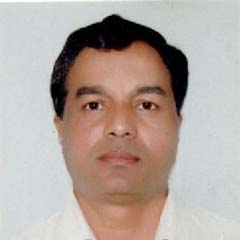


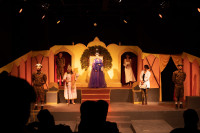
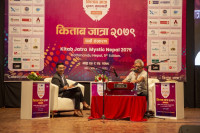





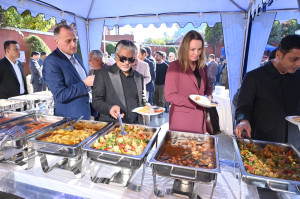


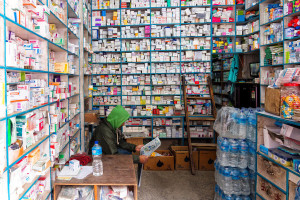
%20(1).jpg&w=300&height=200)

